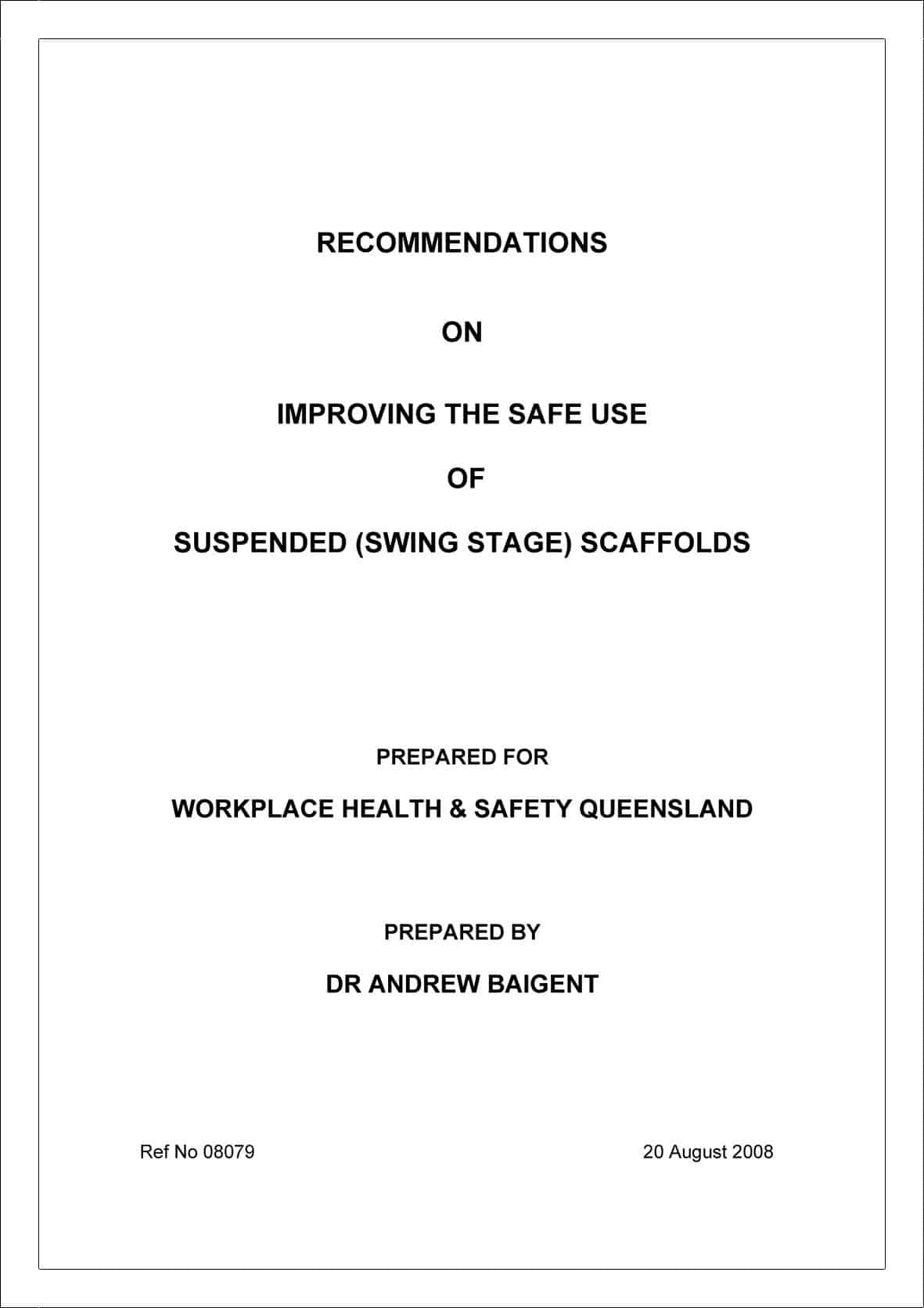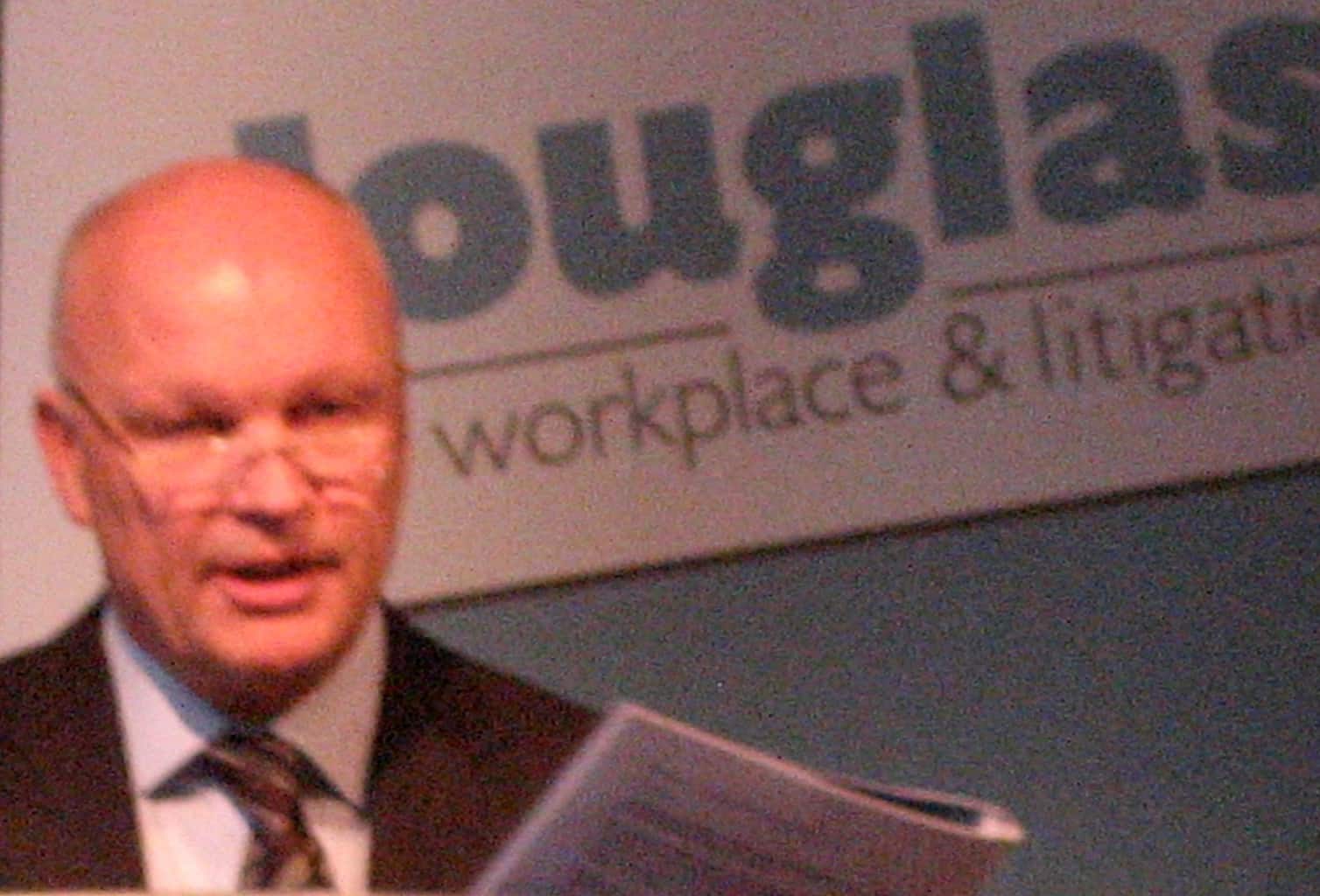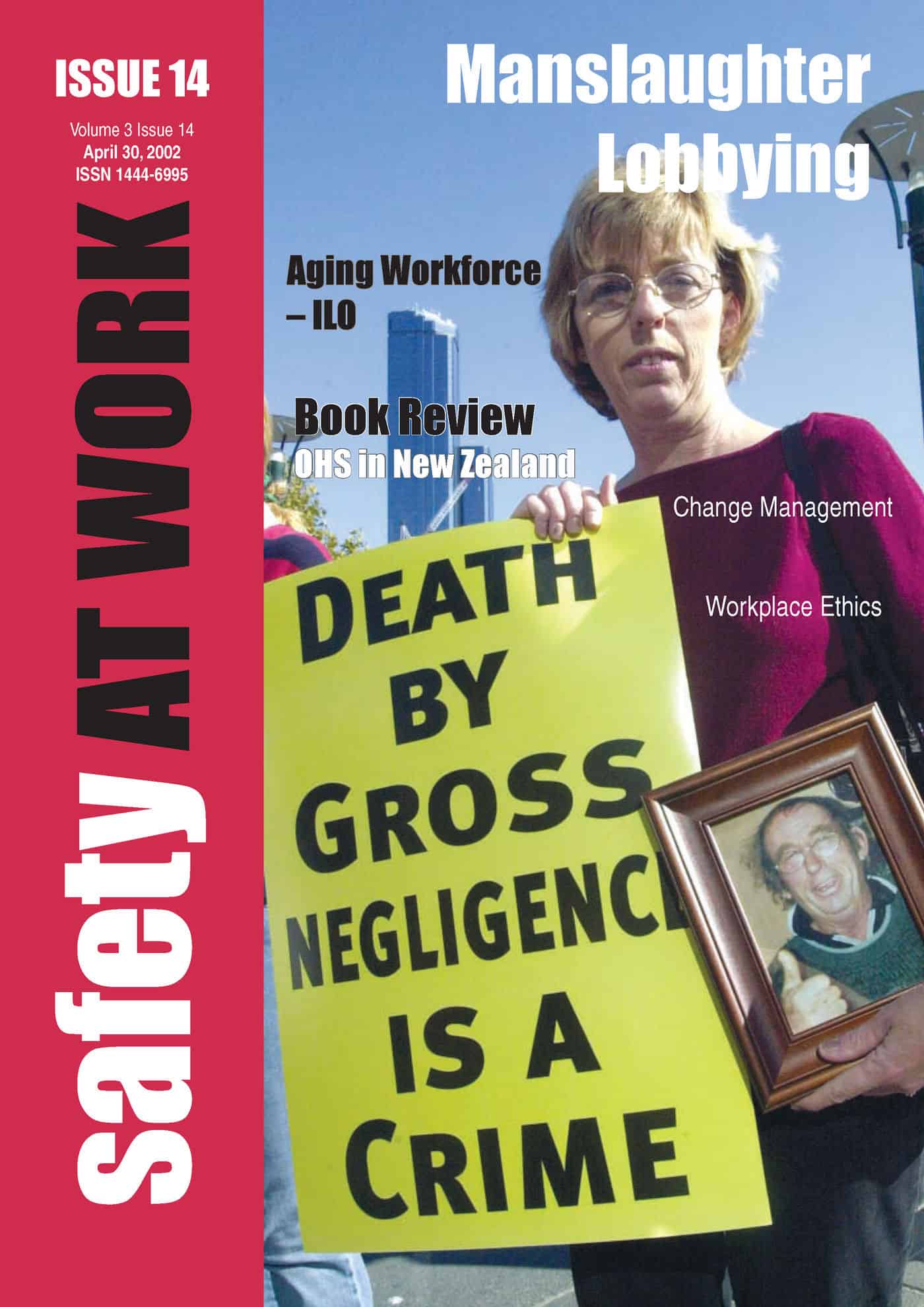Australia has had some awful scaffolding collapses and swing-stage incidents over recent times. (At least four articles on the issue can be found in SafetyAtWorkBlog by using the search function on the right). Sometimes, some would say often, Australian OHS regulators can respond quickly to a workplace situation.
The Queensland Government commissioned a review of suspended, or swing stage, scaffolding by Dr Andrew Baigent. The report was finalised in August 2008. A new scaffolding code of practice was released in early July 2009.



 In a similar way it is important that OHS professionals in industrialised nations with online references immediately to hand, and assistance at the end of a mobile phone call, realise that workplace safety can implemented, taught and regulated with a lot less. Some countries have no option but to work with lean resources but good skills.
In a similar way it is important that OHS professionals in industrialised nations with online references immediately to hand, and assistance at the end of a mobile phone call, realise that workplace safety can implemented, taught and regulated with a lot less. Some countries have no option but to work with lean resources but good skills.

 The policy has been allowed to fade from the books of most of the Australian left-wing parties but for a while, corporate manslaughter was THE issue. In fact over the last 10 years, it has been the only time that directors and CEOs from thousands of companies have paid serious attention to safety management.
The policy has been allowed to fade from the books of most of the Australian left-wing parties but for a while, corporate manslaughter was THE issue. In fact over the last 10 years, it has been the only time that directors and CEOs from thousands of companies have paid serious attention to safety management.